
|
 |
- Home
- News
- Team
- Databases
- Conferences
- Oxford Studies on the Roman Economy
- Coin Hoards of the Roman Empire Project
- Affiliated Projects
- Publications
- Bibliographies
- Working Papers
- Links
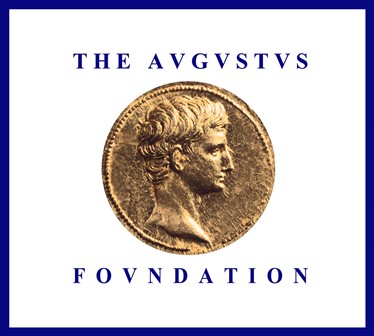
Monographs |
The Romans and Trade |
|
The Romans and Trade André Tchernia is one of the leading experts on amphorae as a source of economic history, a pioneer of maritime archaeology, and author of a wealth of articles on Roman trade, notably the wine trade. This book brings together the author's previously published essays, updated and revised, with recent notes and prefaced with an entirely new synthesis of his views on Roman commerce with a particular emphasis on the people involved in it. The book is divided into two main parts. The first is a general study of the structure of Roman trade: Landowners and traders, traders' fortunes, the matter of the market, the role of the state, and dispatching what is required. It tackles the recent debates on Roman trade and Roman economy, providing, original and convincing answers. The second part of the book is a selection of 14 of the author's published papers. They range from discussions of general topics such as the ideas of crisis and competition, the approvisioning of Ancient Rome, trade with the East, to more specialized studies, such as the interpretation of the 33 AD crisis. Overall, the book contains a wealth of insights into the workings of ancient trade and expertly combines discussion of the material evidence-especially of amphorae and wrecks-with the prosopographical approach derived from epigraphic, papyrological and historical data. For more information visit the Oxford University Press website.
| 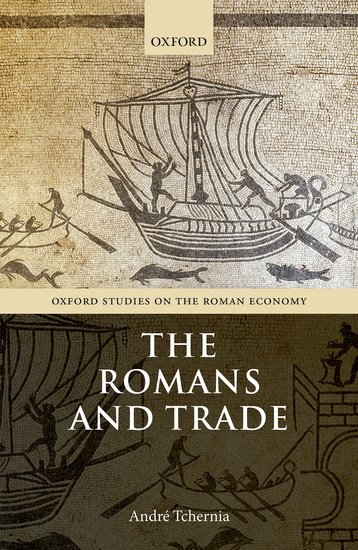 |
The World of the Fullo |
|
The World of the Fullo. Work, Economy and Society in Roman Italy The World of the Fullo takes a detailed look at the fullers, craftsmen who dealt with high-quality garments, of Roman Italy. Analyzing the social and economic worlds in which the fullers lived and worked, it tells the story of their economic circumstances, the way they organized their workshops, the places where they worked in the city, and their everyday lives on the shop floor and beyond.
Through focusing on the lower segments of society, Flohr uses everyday work as the major organizing principle of the narrative: the volume discusses the decisions taken by those responsible for the organization of work, and how these decisions subsequently had an impact on the social lives of people carrying out the work. It emphasizes how socio-economic differences between cities resulted in fundamentally different working lives for many of their people, and that not only were economic activities shaped by Roman society, they in turn played a key role in shaping it. | 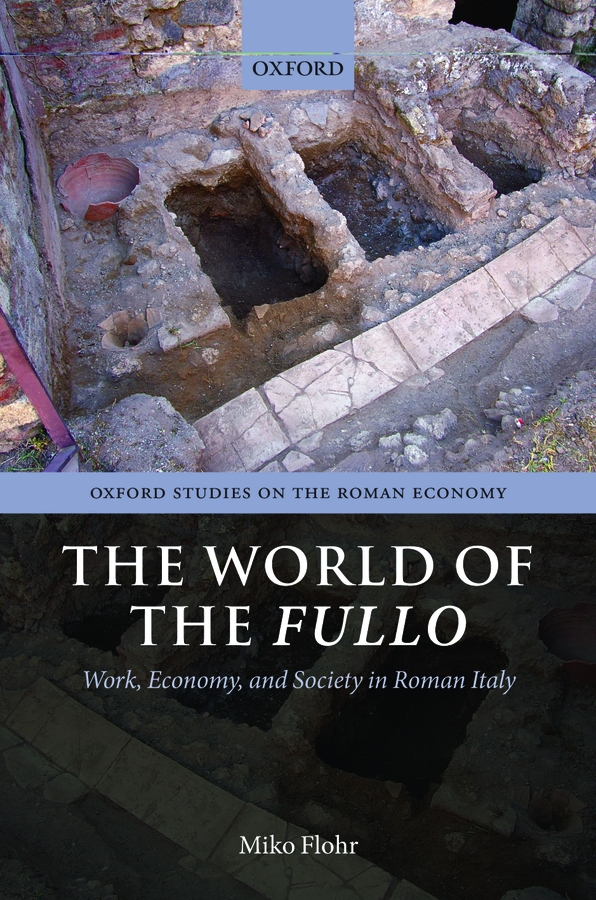 |
Harvesting the Sea |
|
Harvesting the Sea. The Exploitation of Marine Resources in the Roman Mediterranean Harvesting the Sea provides the first systematic treatment of the exploitation of various marine resources, such as large-scale fishing, fish salting, salt and purple-dye production, and oyster and fish-farming, in the Roman world and its role within the ancient economy. Bringing together literary, epigraphic, and legal sources, with a wealth of archaeological data collected in recent years, Marzano shows that these marine resources were an important feature of the Roman economy and, in scope and market-oriented production, paralleled phenomena taking place in the Roman agricultural economy on land. The book also examines the importance of technological innovations, the organization of labour, and the use of the existing legal framework in defence of economic interests against competitors for the same natural resource. | 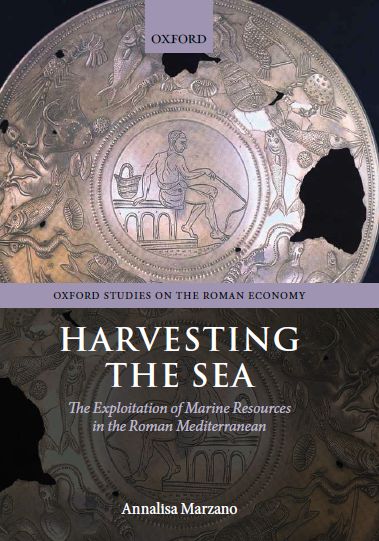 |
The Economics of the Roman Stone Trade |
|
The Economics of the Roman Stone Trade
The use of stone in vast quantities is a ubiquitous and defining feature of the material culture of the Roman world. In this volume, Russell provides a new and wide-ranging examination of the production, distribution, and use of carved stone objects throughout the Roman world, including how enormous quantities of high-quality white and polychrome marbles were moved all around the Mediterranean to meet the demand for exotic material. | 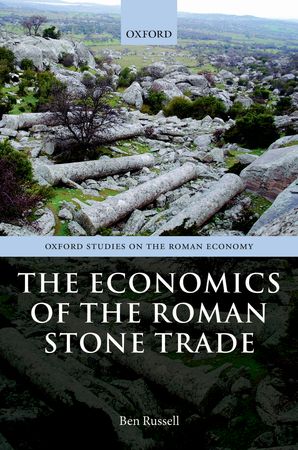 |
The Economic Revolution of Rome |
|
Rome's Economic Revolution
In this volume, Philip Kay examines economic change in Rome and Italy between the Second Punic War and the middle of the first century BC. He argues that increased inflows of bullion, in particular silver, combined with an expansion of the availability of credit to produce significant growth in monetary liquidity. This, in turn, stimulated market developments, such as investment farming, trade, construction, and manufacturing, and radically changed the composition and scale of the Roman economy. | 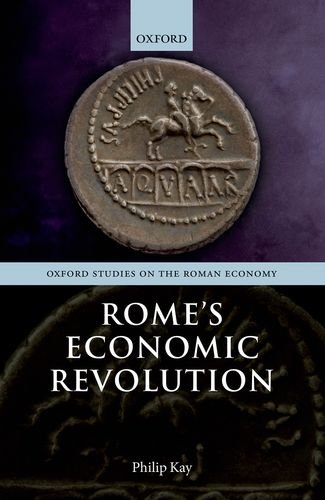 |
Triangular Landscapes. Environment, Society, and the State in the Nile Delta under Roman Rule |
|
Triangular Landscapes. Environment, Society, and the State in the Nile Delta under Roman Rule Between the Roman annexation of Egypt and the Arab period, the Nile Delta went from consisting of seven branches to two, namely the current Rosetta and Damietta branches. For historians, this may look like a slow process, but on a geomorphological scale, it is a rather fast one. How did it happen? How did human action contribute to the phenomenon? Why did it start around the Roman period? And how did it impact on ancient Deltaic communities? This volume reflects on these questions by focusing on a district of the north-eastern Delta called the Mendesian Nome. | 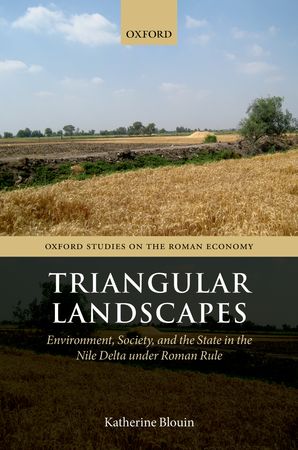 |
Webdesign, databasedesign: Miko Flohr, 2010-2024. Content: OXREP, 2005-2024.